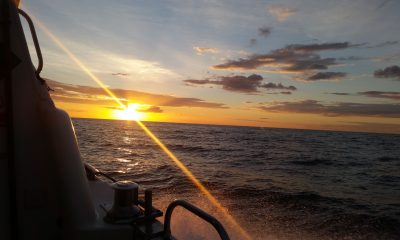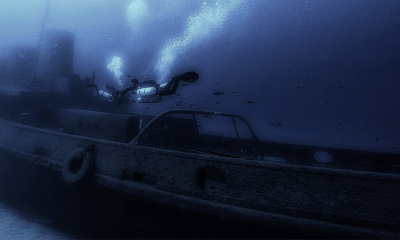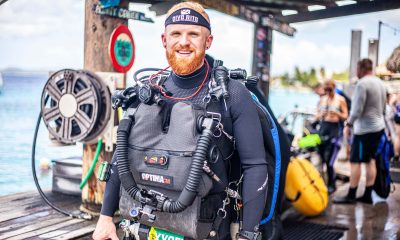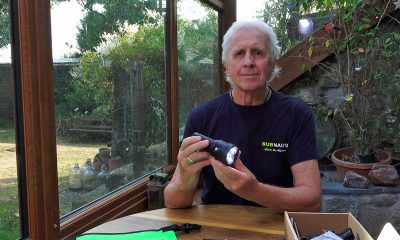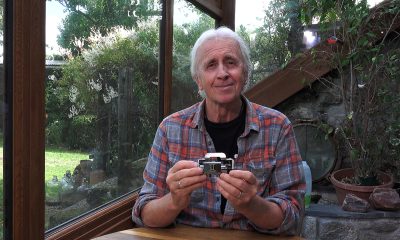News
Rebreather 101 with Paul Toomer
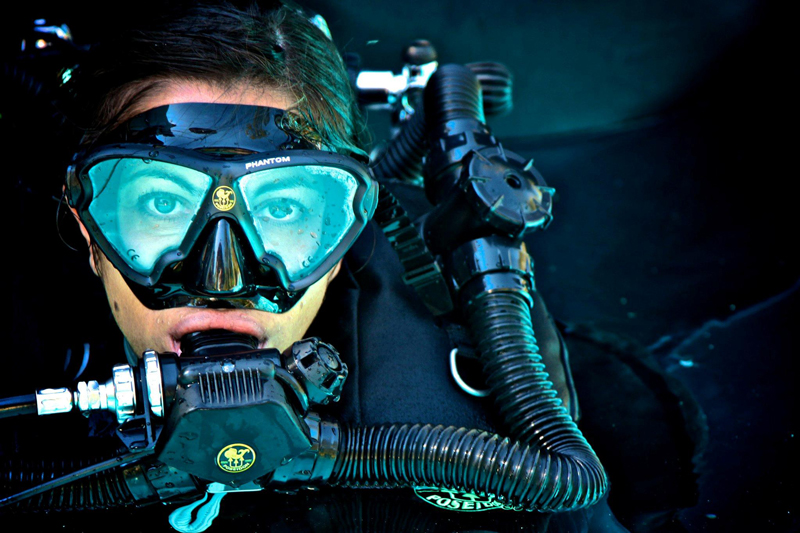
How many of you have heard of Jacques Cousteau? All of you, right?
If you don’t know who he is, you need to be on the ‘Horse and Hounds’ or ‘Amateur Rambling in the Cotswolds’ website rather than Scubaverse. He invented SCUBA didn’t he? Didn’t he also write a book called the silent world?
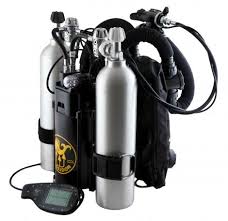 Now, we all know he didn’t invent SCUBA; that was actually some geezer whose name we can’t remember and Mr C just stole all the glory, right?
Now, we all know he didn’t invent SCUBA; that was actually some geezer whose name we can’t remember and Mr C just stole all the glory, right?
Wrong! Well… partially wrong. Mr C stole the open circuit glory but not SCUBA. SCUBA is self contained underwater breathing apparatus and it was invented a long, long time ago. And it was a Closed Circuit Rebreather (CCR). That is why his world was SILENT. Open circuit is hardly bloody silent. If you don’t believe me, take a try dive on a rebreather and listen for when the hordes of wildebeest come charging past you blowing those confounded bubbles.
What is a Rebreather?
A rebreather is a closed breathing circuit (loop) enabling gas to be recycled, therefore giving the user an extended use of the limited gas that he/she carries. There are two primary problems that have to be overcome to make the rebreather work though. The first is the fact that we metabolise oxygen, and if we breathe too low an amount of oxygen it can cause unconsciousness, which could of course lead to an ultimately death. A by-product of oxygen metabolism is the creation of carbon dioxide, and this insidious gas can also lead to unfortunate circumstances, especially underwater (as I’m sure you can imagine).
The loop and how it works
When a diver exhales, his breath is forced through a non-return valve which forces the exhaled air through a carbon dioxide removal system known as a scrubber (I love that word). The scrubber is made up of a chemical called Sofnalime, which is primarily calcium hydroxide. The exhaled breath is scrubbed clean of carbon dioxide and the breath is now pushed through an area where oxygen analysers analyse how much oxygen is left in that cleaned breath. The analysers talk to a computer (the unit holds a constant PO2 or oxygen partial pressure) which then tells a solenoid to open and add oxygen to the loop if required. This can also be done manually of course in the event of any problems.
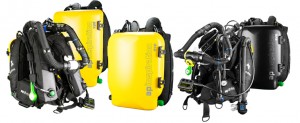 There are also counterlungs on the unit, which allow the diver to breathe gas around the loop. Without the counterlung the diver would be unable to breathe. It’s similar to trying to breath out of a glass bottle; it’s impossible. However, breathing out of a plastic bag is possible, although very unsafe. As the diver descends in the water hydrostatic pressure acts on the counterlung and compresses the gas within it. To enable the diver to breathe, diluent gas (a gas containing one or more inert gasses, normally air or trimix) is manually or automatically added to the loop.
There are also counterlungs on the unit, which allow the diver to breathe gas around the loop. Without the counterlung the diver would be unable to breathe. It’s similar to trying to breath out of a glass bottle; it’s impossible. However, breathing out of a plastic bag is possible, although very unsafe. As the diver descends in the water hydrostatic pressure acts on the counterlung and compresses the gas within it. To enable the diver to breathe, diluent gas (a gas containing one or more inert gasses, normally air or trimix) is manually or automatically added to the loop.
Finally, due to the fact that the CCR holds a constant PO2, compared to open circuit where it’s optimum PO2 is only achieved at the Maximum Operating Depth, rebreathers will penalise the diver less in terms of decompression obligation. Another huge plus.
Gas, Gas, Gas!
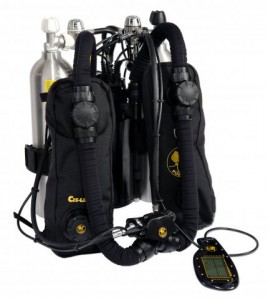 Rebreathers work on metabolic rate and not surface air consumption rate. This means that if a diver uses 20 litres of air a minute but only metabolises 1 litre of oxygen, the rebreather is massively more effective at conserving gas. An example of this based on the above gas usage rates would be: An open circuit diver is at 30 metres on the Thistlegorm, for example, and is there for 30 minutes. He uses 20 litres/min x4 ata (30 metres) x30 minutes = 2400 litres of gas, or a full 12 litre cylinder pumped to 200 bar. If a CCR diver was at the same depth and for the same time he would use only 30 litres of oxygen. Therefore, if the CCR diver had a 2 litre cylinder filled to 200 bar, he would have 400 litres available. Based on a 1 litre metabolic rate that diver could stay on the Thistlegorm for 400 minutes or 6.66 hours.
Rebreathers work on metabolic rate and not surface air consumption rate. This means that if a diver uses 20 litres of air a minute but only metabolises 1 litre of oxygen, the rebreather is massively more effective at conserving gas. An example of this based on the above gas usage rates would be: An open circuit diver is at 30 metres on the Thistlegorm, for example, and is there for 30 minutes. He uses 20 litres/min x4 ata (30 metres) x30 minutes = 2400 litres of gas, or a full 12 litre cylinder pumped to 200 bar. If a CCR diver was at the same depth and for the same time he would use only 30 litres of oxygen. Therefore, if the CCR diver had a 2 litre cylinder filled to 200 bar, he would have 400 litres available. Based on a 1 litre metabolic rate that diver could stay on the Thistlegorm for 400 minutes or 6.66 hours.
6.66 hours compared to 30 minutes? A gigantic difference I am sure you’ll agree. This is the primary reason that deep technical divers prefer CCR. It’s all in the gas.
Aquatic Life
I took a CCR to the Maldives on a liveaboard a few years ago. I never went past 40 metres for the two weeks I was there and apart from the fact that I never had any decompression schedule, I was swamped by the aquatic life. I was chased by barracuda, nibbled by moray eels, had a 2 metre stingray push me down the reef as if I was not there. Mantas thought I was some kind of weird yellow box fish and finally, the sharks…..oh my God, it was unbelievable! I had white tips on a night dive try and beat me up, chewing my fins and rubbing themselves on me as they went passed, banging into me to see what I was….just incredible. It was one of the best dives of my entire life. This dive alone was enough reason to spend all that money on my unit.
Here is a little history for you:
- 17th century – the first rebreather was conceived by Giovanni Borelli
- 1878 – the first practical system produced by Henry Fleuss, who after diving his fully working unit swore he would never dive in the damnable thing ever again. He absolutely shit himself while doing some work in a flooded tunnel.
- 1881 – the first CO2 absorbent used by Khotinsky and Lake
- Prior to WWI – Dräger started produced rebreather systems. Mainly used for blowing the crap out of poor old Allies.
- WWII – Italian & British Navies used Oxygen & Nitrox systems. The Italian units were mainly used for long swims away from enemy lines back to Italy. The British units were primarily used for blowing the crap out of the Axis countries.
- 1990s – manufacturers launch many units including: Sentinel, Inspiration, Evolution, Megaladon, Ouroboros, Kiss, Optima, rEvo, Poseidon Mk 6, etc.
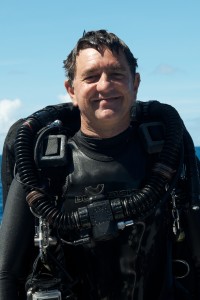 All that is left to do now is pick your unit, get some top end training and go and play. I assure you this is the future.
All that is left to do now is pick your unit, get some top end training and go and play. I assure you this is the future.
Next time we will look at some of the CCRs available, their features, recreational and technical CCR, and of course training options.
Please note that this article covers the basics of CCR. I really hope it gives you a little understanding of rebreathers, as I believe they are the way we will all dive in the future.
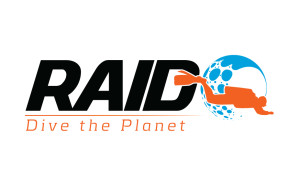 Paul is the Director of Training at RAID. To find out more about the courses that RAID offers, visit www.diveraid.com.
Paul is the Director of Training at RAID. To find out more about the courses that RAID offers, visit www.diveraid.com.
Gear News
Scubapro Free Octopus Promotion 2024

Free Octopus with every purchase of a SCUBAPRO regulator system
Just in time for the spring season, divers can save money with the FREE OCTOPUS SPRING PROMOTION! Until July 31st SCUBAPRO offers an Octopus for free
with every purchase of a regulator system!
Get a free S270 OCTOPUS with purchase of these combinations:
MK25 EVO or MK19 EVO with A700
MK25 EVO or MK19 EVO with S620Ti
MK25 EVO or MK19 EVO with D420
MK25 EVO Din mit S620Ti-X
Get a free R105 OCTOPUS with purchase of the following combinations:
MK25 EVO or MK19 EVO with G260
MK25 EVO or MK17 EVO with S600
SCUBAPRO offers a 30-year first owner warranty on all regulators, with a revision period of two years or 100 dives. All SCUBAPRO regulators are of course certified according to the new European test standard EN250-2014.
Available at participating SCUBAPRO dealers. Promotion may not be available in all regions. Find an authorized SCUBAPRO Dealer at scubapro.com.
More information available on www.scubapro.com.
Blogs
Northern Red Sea Reefs and Wrecks Trip Report, Part 3: The Mighty Thistlegorm

Jake Davies boards Ghazala Explorer for an unforgettable Red Sea diving experience…
Overnight, the wind picked up, making the planned morning dive a bit bumpy on the Zodiacs to the drop point on Thomas Reef. There, we would dive along the reef before descending through the canyon and then passing under the arch before ascending the wall with a gentle drift. The site provided great encounters with more pelagic species, including shoals of large barracuda, tuna, and bigeye trevally.
Once back on the boat, it was time to get everything tied down again as we would head back south. This time, with the wind behind us, heading to Ras Mohammed to dive Jackfish Alley for another great gentle drift wall dive before then heading up the coast towards the Gulf of Suez to moor up at the wreck of the Thistlegorm. This being the highlight wreck dive of the trip and for many onboard, including myself, it was the first time diving this iconic wreck. I had heard so much about the wreck from friends, and globally, this is a must on any diver’s list. Fortunately for us, there was only one other boat at the site, which was a rarity. A great briefing was delivered by Ahmed, who provided a detailed background about the wreck’s history along with all the required safety information as the currents and visibility at the site can be variable.

Kitting up, there was a lot of excitement on deck before entering the water and heading down the shoreline. Descending to the wreck, there was a light northerly current which reduced the visibility, making it feel more like the conditions that can be found off the Welsh coast. At 10m from the bottom, the outline of the wreck appeared as we reached the area of the wreck which had been bombed, as our mooring line was attached to part of the propeller shaft. Arriving on deck, instantly everywhere you looked there were many of the supplies which the ship was carrying, including Bren Carrier tanks and projectiles that instantly stood out.

We headed around the exterior, taking a look at the large propeller and guns mounted on deck before entering the wreck on the port side to take a look in the holds. It was incredible to see all the trucks, Norton 16H, and BSA motorcycles still perfectly stacked within, providing a real snapshot in time.

Overall, we had four dives on the Thistlegorm, where for all of the dives we were the only group in the water, and at times, there were just three of us on the whole wreck, which made it even more special, especially knowing that most days the wreck has hundreds of divers. Along with the history of the wreck, there was plenty of marine life on the wreck and around, from big green turtles to batfish, along with shoals of mackerel being hunted by trevally. Some unforgettable dives.

The final leg of the trip saw us cross back over the Suez Canal to the Gobal Islands where we planned to stay the night and do three dives at the Dolphin House for the potential of sharing the dive with dolphins. The site, which included a channel that was teeming with reef fish, especially large numbers of goatfish that swam in large shoals along the edge of the reef. These were nice relaxing dives to end the week. Unfortunately, the dolphins didn’t show up, which was okay as like all marine life they are difficult to predict and you can’t guarantee what’s going to be seen. With the last dive complete, we headed back to port for the final night where it was time to clean all the kit and pack before the departure flight the next day.

The whole week from start to finish on Ghazala Explorer was amazing; the boat had all the facilities you need for a comfortable week aboard. The crew were always there to help throughout the day and the chefs providing top quality food which was required after every dive. The itinerary providing some of the best diving with a nice mixture of wreck and reef dives. I would recommend the trip to anyone, whether it’s your first Red Sea liveaboard in the Red Sea or you’re revisiting. Hopefully, it’s not too long before I head back to explore more of the Red Sea onboard Ghazala Explorer.

To find out more about the Northern Red Sea reef and wrecks itineraries aboard Ghazala Explorer, or to book, contact Scuba Travel now:
Email: dive@scubatravel.com
Tel: +44 (0)1483 411590
Photos: Jake Davies / Avalon.Red
-

 News3 months ago
News3 months agoHone your underwater photography skills with Alphamarine Photography at Red Sea Diving Safari in March
-

 News3 months ago
News3 months agoCapturing Critters in Lembeh Underwater Photography Workshop 2024: Event Roundup
-

 Marine Life & Conservation Blogs2 months ago
Marine Life & Conservation Blogs2 months agoCreature Feature: Swell Sharks
-

 Blogs2 months ago
Blogs2 months agoMurex Resorts: Passport to Paradise!
-

 Blogs2 months ago
Blogs2 months agoDiver Discovering Whale Skeletons Beneath Ice Judged World’s Best Underwater Photograph
-

 Gear Reviews3 months ago
Gear Reviews3 months agoGear Review: Oceanic+ Dive Housing for iPhone
-

 Marine Life & Conservation2 months ago
Marine Life & Conservation2 months agoSave the Manatee Club launches brand new webcams at Silver Springs State Park, Florida
-

 Gear Reviews2 weeks ago
Gear Reviews2 weeks agoGEAR REVIEW – Revolutionising Diving Comfort: The Sharkskin T2 Chillproof Suit



